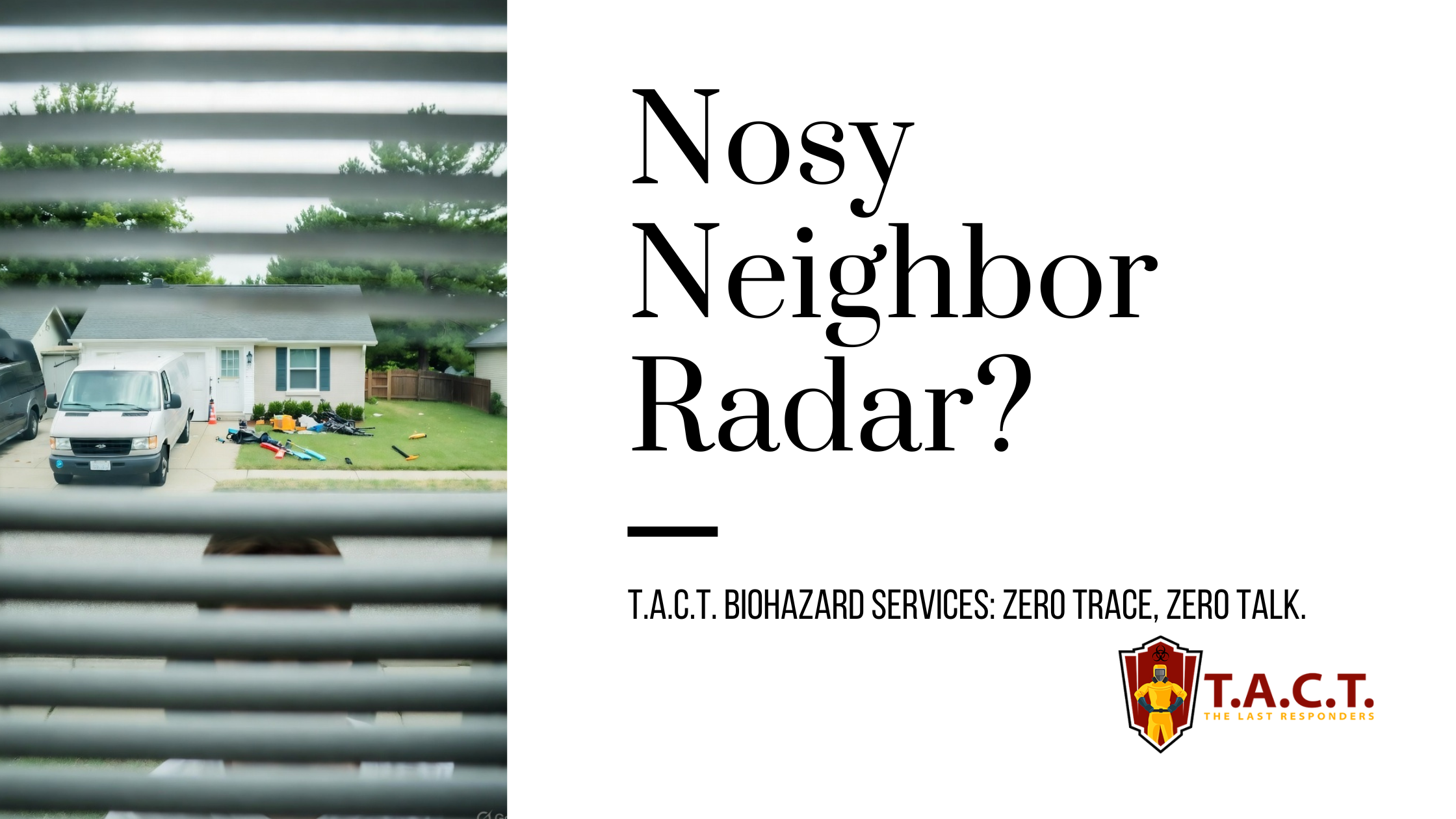Understanding wild mouse diseases

Understanding Wild Mouse Diseases: Risks and Prevention Strategies
Introduction to Wild Mouse Diseases
Wild mice can carry various diseases that pose risks to humans, including hantavirus infection and lymphocytic choriomeningitis virus (LCMV) infection.
Rodent infestations can lead to the spread of diseases, making it essential to implement prevention strategies.
Understanding the types of diseases carried by wild mice is crucial for reducing the risk of transmission.
Good sanitation helps prevent many diseases carried by wild mice.
Wild mice can be found in various environments, including urban and rural areas, and can infect other animals, such as pet rodents.
The primary host of hantavirus is the deer mouse, but other rodents, such as the common house mouse, can also carry the disease.
Types of Diseases Carried by Wild Mice
Hantavirus pulmonary syndrome (HPS) is a severe disease caused by hantavirus infection, which can lead to respiratory failure.
LCMV infection can cause serious illness in humans, including meningitis and encephalitis, especially in individuals with weakened immune systems. Infected mice can transmit a variety of bacterial, viral, and parasitic diseases to humans and other animals.
Rodent bites can transmit diseases such as rat bite fever, which can cause symptoms like fever, muscle pain, and abdominal pain. Rat bite fever can be transmitted through bites or contact with an infected animal.
Wild mice can also carry diseases like salmonellosis, which is a bacterial infection caused by salmonella bacteria and can be spread through contaminated food and water.
Other diseases carried by wild mice include leptospirosis, which can cause symptoms like fever, headache, and muscle aches. Leptospirosis bacteria can enter the human body through cuts, abrasions, or mucous membranes.
Hantavirus-Related Diseases
Hantavirus infection can cause hantavirus pulmonary syndrome (HPS), which has a high mortality rate if left untreated. Hantavirus disease refers to a group of illnesses caused by hantaviruses, including both hantavirus pulmonary syndrome and hemorrhagic fever with renal syndrome (HFRS). Hantavirus can cause serious disease in humans, leading to severe health complications.
Early symptoms of HPS include fever, muscle aches, and difficulty breathing, which can progress to respiratory failure if not treated promptly. The symptoms of hantavirus typically begin one to five weeks after exposure, starting with fever, fatigue, and muscle aches, and may worsen over time. As the disease progresses, respiratory symptoms become more severe, potentially resulting in pneumonia and other complications.
Hantavirus cardiopulmonary syndrome is another disease caused by hantavirus infection, which can lead to severe respiratory and cardiac symptoms. Hemorrhagic fever with renal syndrome is a form of renal syndrome caused by hantaviruses, primarily affecting the kidneys and potentially leading to renal failure.
The disease can be spread through contact with an infected rodent or its droppings, urine, saliva, or nesting materials, which are primary sources of transmission.
Preventing infection requires avoiding contact with wild rodents and their nesting materials.
LCMV Infection and Other Diseases
LCMV infection can cause symptoms like fever, headache, and muscle aches, which can progress to more severe illnesses like meningitis involving inflammation of the brain and spinal cord, and encephalitis. LCMV infection can cause inflammation of the brain and spinal cord, leading to neurological complications.
The disease can be spread through contact with infected rodents, their droppings, or contaminated materials.
Other diseases carried by wild mice include lymphocytic choriomeningitis virus (LCMV) infections, which can cause birth defects in pregnant females. LCMV infection during pregnancy can affect the fetal central nervous system and may result in fetal death. Pregnant females are at higher risk for adverse outcomes from LCMV infection.
Wild mice can also carry diseases like hemorrhagic fever, which can cause symptoms like fever, headache, and internal bleeding.
Rodent exposure can lead to diseases like rat bite fever, which can cause symptoms like fever, muscle pain, and abdominal pain. Supportive treatment is important for managing severe cases of LCMV infection.
Rodent Droppings and Disease Transmission
Rodent droppings can carry diseases like hantavirus and LCMV, which can be spread through contact with contaminated materials. Cleaning rodent nests is also important to prevent exposure to contaminated debris.
Eating food contaminated with rodent droppings can also lead to disease transmission. Contaminated water can also be a source of infection for diseases like Pseudomonas aeruginosa.
Bacterial infections like salmonellosis can be spread through contaminated food and water.
Rodent urine can also carry diseases like leptospirosis, which can cause symptoms like fever, headache, and muscle aches. Infected urine can also be a source of parvovirus transmission.
Preventing disease transmission requires proper disposal of dead rodents and contaminated materials.
Prevention Strategies
Sealing holes and gaps in buildings can help prevent rodent infestation and prevent infection by reducing the risk of disease transmission.
Using rodent-proof containers and storing food in sealed containers can also help prevent disease transmission.
Avoiding contact with wild rodents and their nesting materials can reduce the risk of disease transmission.
Implementing proper waste disposal and cleaning practices can also help prevent disease transmission.
Using protective gear like gloves and masks when handling contaminated materials can also reduce the risk of disease transmission.
Maintaining clean water sources and proper sanitation is essential to prevent infection and reduce the risk of bacterial diseases.
Diagnosis and Treatment
Diagnosing hantavirus infection and other diseases carried by wild mice requires blood tests and other laboratory tests.
Treatment for hantavirus infection and other diseases carried by wild mice requires supportive treatment, including monitoring and symptomatic relief, as well as supportive care such as oxygen therapy and hospitalization.
Specific treatment for diseases like LCMV infection and rat bite fever requires antibiotics and other medications.
Early diagnosis and treatment can help reduce the risk of severe illness and death.
Preventing infection requires avoiding contact with wild rodents and their nesting materials.
Wild Mouse Control and Management
Controlling wild mouse populations requires implementing prevention strategies like sealing holes and gaps in buildings.
Using rodent-proof containers and storing food in sealed containers can also help control wild mouse populations.
Implementing proper waste disposal and cleaning practices can also help control wild mouse populations.
Using traps and other control methods can also help reduce wild mouse populations.
Preventing and controlling rodent infestation requires a comprehensive approach that includes sealing entry points, placing traps, removing attractants, and maintaining proper sanitation.
Public Health Implications
Wild mouse diseases can have significant public health implications, including the risk of severe illness and death.
Preventing disease transmission requires a comprehensive approach that includes prevention strategies and control methods.
Implementing public health measures like surveillance and monitoring can help reduce the risk of disease transmission.
Educating the public about the risks of wild mouse diseases can also help reduce the risk of disease transmission.
Collaborating with healthcare professionals and other stakeholders can also help reduce the risk of disease transmission.
Veterinary Care and Wild Mice
Veterinary care can play a crucial role in preventing and controlling wild mouse diseases.
Veterinarians can provide guidance on prevention strategies and control methods.
Implementing veterinary care measures like vaccination and testing can help reduce the risk of disease transmission.
Collaborating with veterinarians and other stakeholders can also help reduce the risk of disease transmission.
Providing veterinary care to pet rodents can also help reduce the risk of disease transmission.
Environmental Factors and Wild Mouse Diseases
Environmental conditions play a crucial role in the emergence and spread of diseases among wild mice. Areas with poor sanitation, inadequate waste disposal, and close proximity to wild rodents are especially vulnerable to rodent infestations. In such environments, infected rodents can easily contaminate food supplies, water sources, and food preparation surfaces, increasing the risk of diseases like hantavirus pulmonary syndrome and lymphocytic choriomeningitis virus (LCMV) infection. Overcrowded living conditions, deteriorating buildings, and lack of effective pest control measures further contribute to the spread of infectious diseases among wild mice and humans. By understanding how environmental factors influence the presence of wild rodents and the transmission of diseases, communities can take proactive steps to prevent rodent infestations and reduce the risk of zoonotic diseases.
Human Behavior and Wild Mouse Diseases
The way people interact with their environment and with rodents can significantly impact the spread of diseases carried by wild mice. Consuming food or water contaminated with rodent droppings or urine is a common way hantavirus infection and other diseases are transmitted. Direct contact with infected animals, such as wild mice or pet rodents, or handling contaminated materials without proper hygiene can also lead to LCMV infection and other serious illnesses. Leaving food uncovered, improper storage, and failing to use rodent proof containers can attract rodents and increase the risk of rodent infestations. Additionally, neglecting to seal entry points in homes or workplaces provides easy access for mice and other rodents. Practicing good hygiene, safely storing food, and maintaining clean living spaces are essential steps to prevent disease transmission from wild mice.
Economic Implications of Wild Mouse Diseases
Wild mouse diseases can have significant economic implications, including the cost of medical care and lost productivity.
Implementing prevention strategies and control methods can help reduce the economic burden of wild mouse diseases.
Collaborating with healthcare professionals and other stakeholders can also help reduce the economic burden of wild mouse diseases.
Providing guidance on prevention strategies and control methods can also help reduce the economic burden of wild mouse diseases.
Implementing public health measures like surveillance and monitoring can also help reduce the economic burden of wild mouse diseases.
Future Research Directions
Ongoing research is vital to better understand and control the spread of diseases associated with wild mice. Future studies should explore how rodent infestations develop and how diseases like hantavirus pulmonary syndrome and LCMV infection are transmitted among wild mice and to humans. Investigating the ecology and behavior of wild mice can help identify new strategies for preventing rodent infestations and reducing the risk of pulmonary syndrome and other diseases. There is also a need for research into the development of vaccines and more effective treatments for these infections. Additionally, examining the effects of climate change, urbanization, and other environmental changes on the spread of diseases among wild mice will be important for predicting and preventing future outbreaks. By advancing our understanding in these areas, we can develop better tools and strategies to protect public health from rodent-borne diseases.
Latest news

Nosy neighbors peeking? T.A.C.T. North Atlanta offers discreet biohazard remediation for rodent infestations, mold, hoarding, and more. Unmarked vehicles, quiet experts, full privacy—24/7 service at 470-781-4775.
Read More

